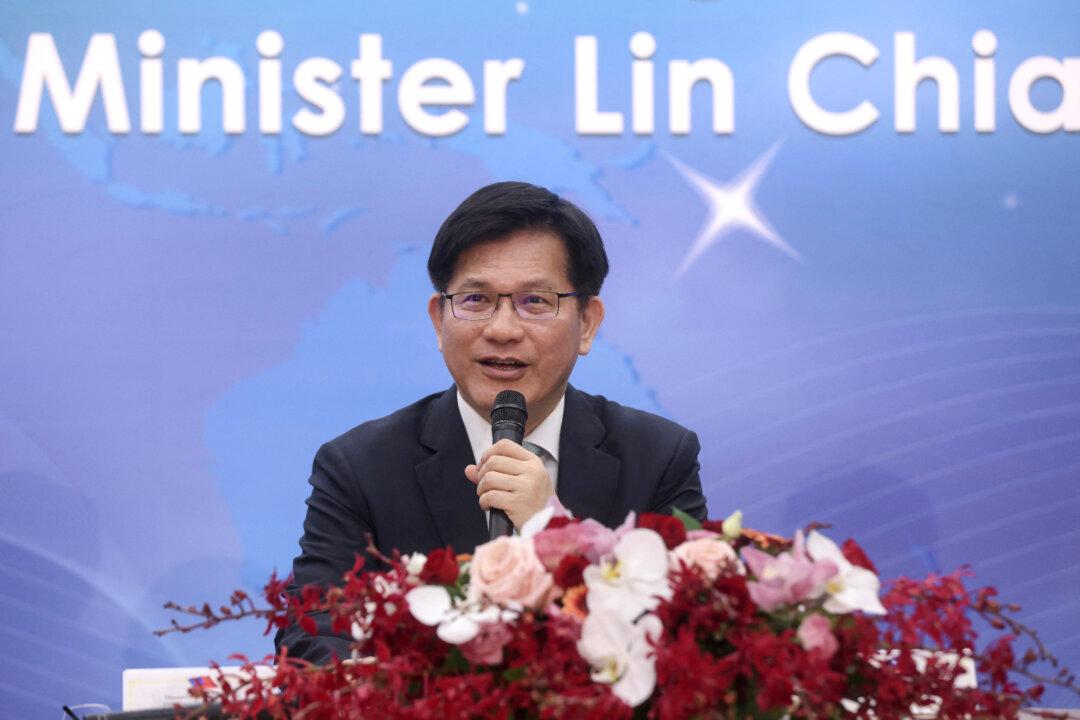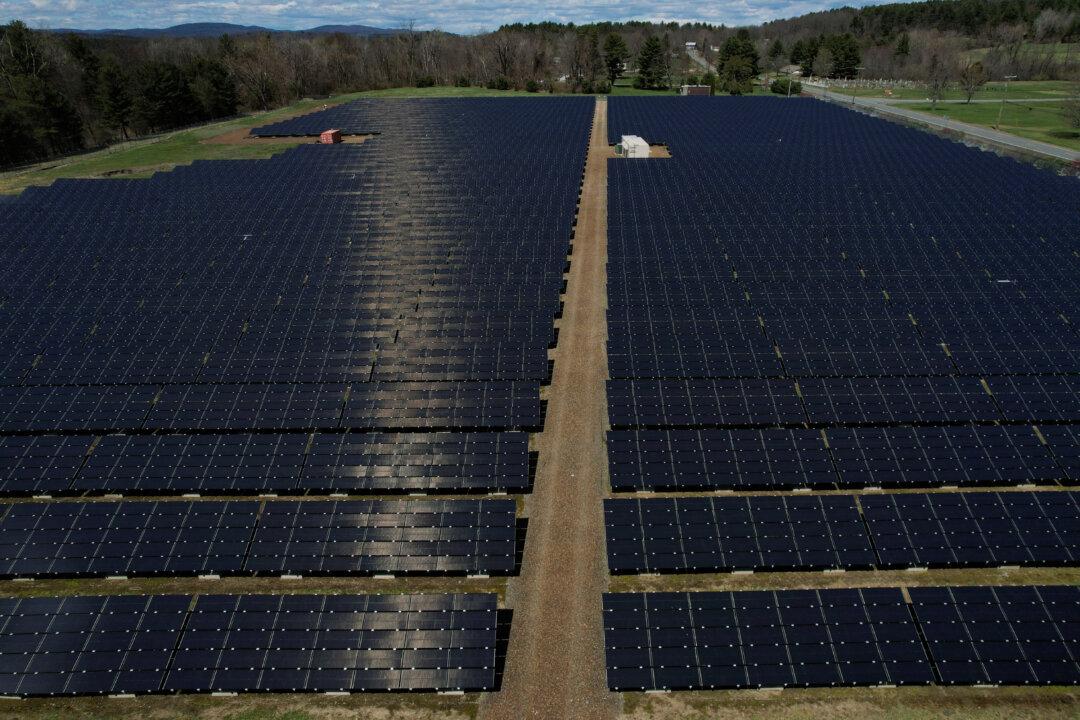BEIJING/WASHINGTON—With U.S. President Donald Trump gearing up to impose tariffs on $200 billion in Chinese goods and Beijing certain to retaliate against any measures, the world’s two biggest economies are locked in an escalating trade war, with no resolution in sight.
The United States is negotiating with Canada this week to try and finalize a deal to modernize the North American Free Trade Agreement, an outcome some in the White House say will allow Washington to turn up the heat on Beijing.
“The hope is that this (NAFTA) puts a lot of pressure on the China’s of the world to help us negotiate better reciprocal trade deals,” Kevin Hassett, chair of the White House Council of Economic Advisers, told Reuters.
The world’s two largest economies have already applied tariffs to $50 billion of each other’s goods.
Talks aimed at easing tensions ended last month without major breakthroughs, and Washington appears emboldened by a sell-off in Chinese markets and a weakening economy.
“China seems unable or unwilling to announce major liberalizations that could be termed ‘confidence building measures’ or ’down payments’ on expected near-term reforms,” Craig Allen, president of the Washington-based U.S.-China Business Council, said in a letter to members over the weekend.
Washington is demanding Beijing to improve market access and intellectual property protections for U.S. companies, cut industrial subsidies, and slash a $375 billion trade gap.
The Trump administration is ready to move ahead with the next round of tariffs after a public comment period ends at midnight in Washington on Sept. 11, but the timing is uncertain, people familiar with the administration’s plans told Reuters.
The new duties will start to hit consumer products directly, including furniture, lighting products, tires, bicycles, and car seats for babies.
Trump said he was not prepared to make a deal with China “that they'd like to make.”
“We'll continue to talk to China,” he said at the White House on Sept. 5.
“But right now we just can’t make that deal. In the meantime, we’re taking in billions of dollars of taxes coming in from China, with the potential of billions and billions of dollars more taxes coming in.”
Given the smaller amount of goods China imports from the United States on which it could slap duties, Beijing has vowed to hit back with unspecified “qualitative” and “quantitative” measures, actions perceived within the U.S. business community as likely to be increased customs and regulatory scrutiny.
Beijing appears to be bracing for a long fight.
Meanwhile, Chinese state media have been pushing propaganda that Trump’s trade war is aimed at containing China’s rise.
While U.S. businesses in China do not yet appear to face widespread retaliation, some company officials have told Reuters they are bracing for blowback. Some are shifting supply chains to avoid tariffs.
China Banking on Election Trouble for Trump
Trump faces potentially difficult mid-term elections in November as his Republican party fights to retain control of Congress. Some in Beijing appear to be hoping damage to his stature at home, including an ongoing investigation into Russian election meddling, could undermine his China agenda.
But U.S. analysts cautioned it would be a mistake to assume Democratic Party gains in November’s congressional elections would change Trump’s calculus on China, given widespread business support for Trump’s goals of protecting American intellectual property and shifting China’s economy onto a more market-driven path.
“I think the president has reasonable political support among the electorate and his own base for action against China,” said Scott Miller, a trade scholar at the Center for Strategic and International Studies in Washington.
“Soybean farmers are not real happy about the tariffs but recognize the need to do something about China.”





